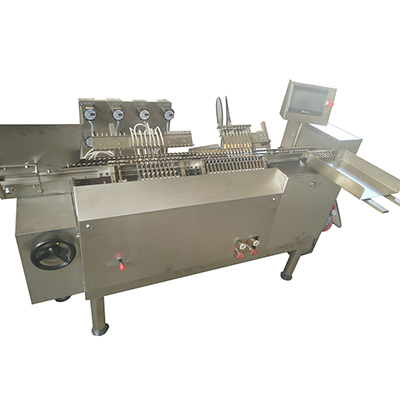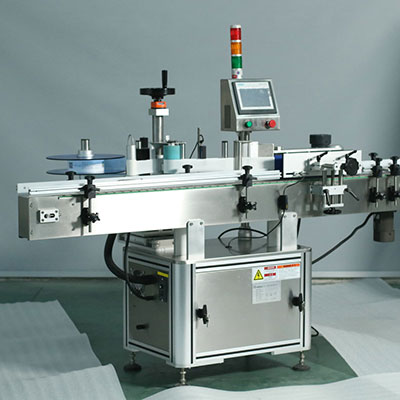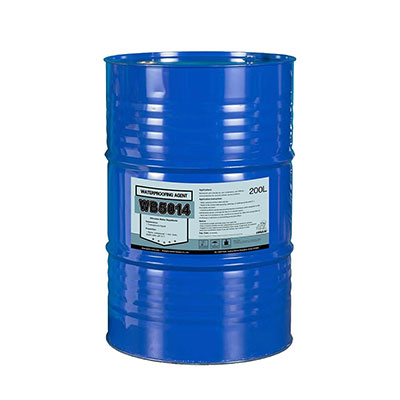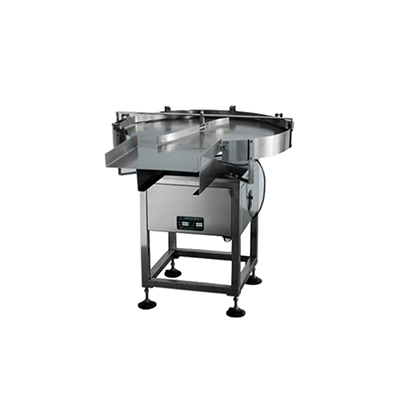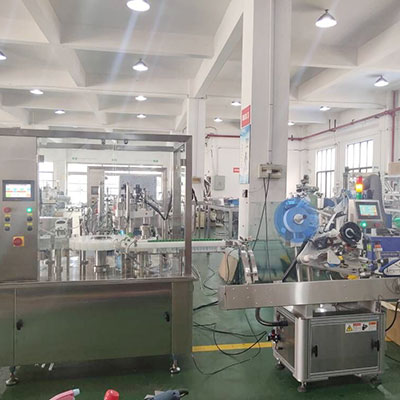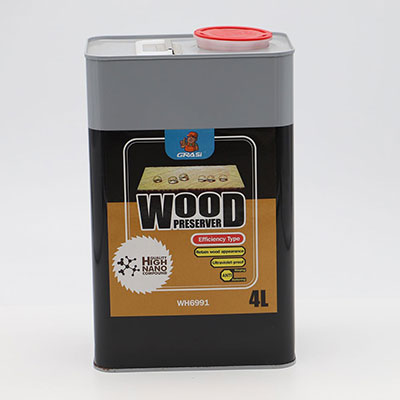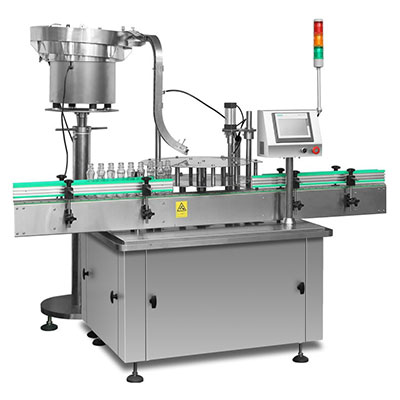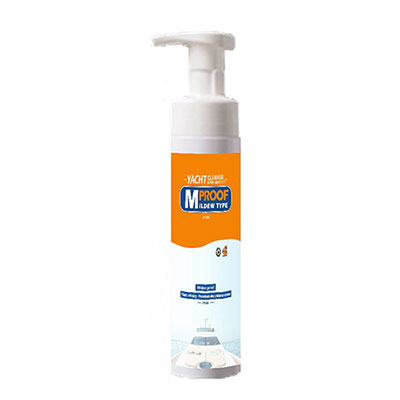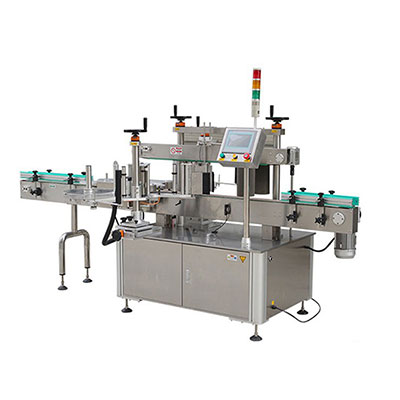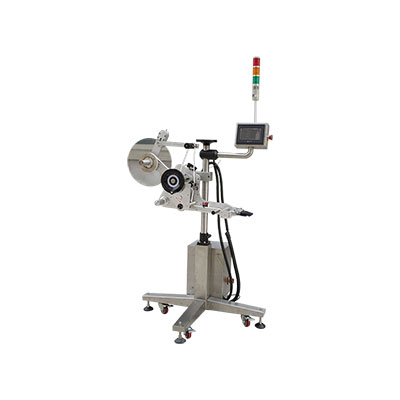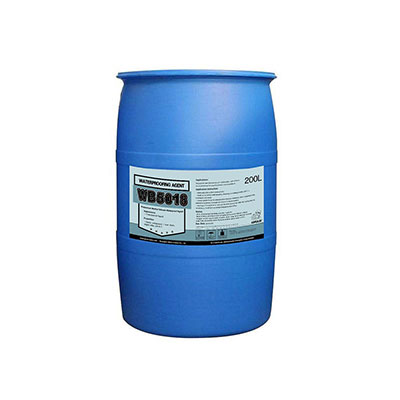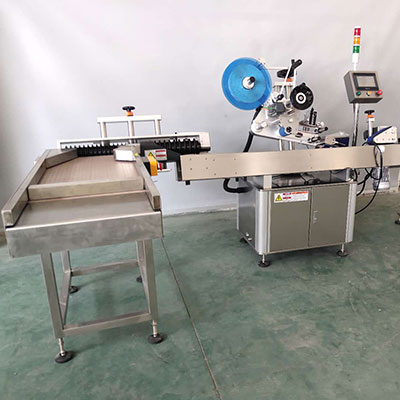Acrylic Sheet Bonding Tips
Because acrylic is beautiful and easy to process or dye with a better transparency and chemical characteristics (such as weather resistance), it is often used for display stands, photo frames, boxes, mirrors, crafts and more. Below, we have listed the steps for bonding acrylic sheets together. These sheets are then used in the production of a variety of items.
1. Splicing: Lay the two organic glass plates to be spliced next to each other in a horizontal manner on the operation bench. Place tape on the bottom, and reserve a gap of 0.03mm in which to inject the adhesive. Through this gap, gently inject the adhesive in an even manner with the applicator until the gap is fully closed. Finally, remove the tape after complete curing.
2. Facade bonding: Facade bonding is the most widely used bonding method, often used on acrylic display shelves. The first step is to clean the surface that needs bonding. Then, in order to improve the adhesion quality, the object to be bonded needs to be prevented from shaking. Following that, there are two ways to bond 3mm thick organic glass plates. The first involves the insertion of fine wires before the adhesion, with the wires removed before complete curing. The other option involves using tape before applying the adhesive.
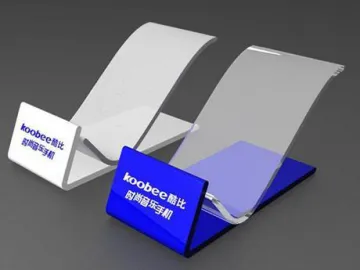
3. Bevel bonding: To avoid the shift in bevel faces, they must be attached using a 90° fixture. Apply adhesive equally and gently to the bevel faces, then remove the template after complete curing.
4. Plane bonding: Plane bonding is a special method. First, clean the boding surface, then lay the piece down horizontally on the operation bench. The adhesive can then be added. Finally, lay another organic glass plate onto the adhesive, being careful not to cause any bubbles.
Warning to acrylic product processing plants: the adhesion process for acrylic boards and organic glass plates is directly affected by environmental conditions, including room temperature, humidity and other factors. Therefore, the room temperature needs to be properly maintained during processing and adhesion processes.
Links:https://www.globefindpro.com/products/13556.html
-
 School LED Lighting
School LED Lighting
-
 Swimming Pool Heater
Swimming Pool Heater
-
 K5 LED Linear High Bay Light
K5 LED Linear High Bay Light
-
 K3 LED Linear High Bay Light
K3 LED Linear High Bay Light
-
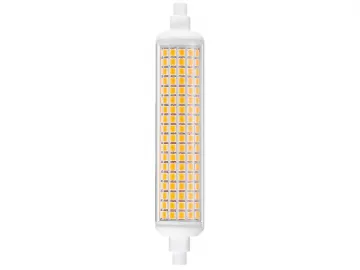 R7S SMD 2835 LED Light
R7S SMD 2835 LED Light
-
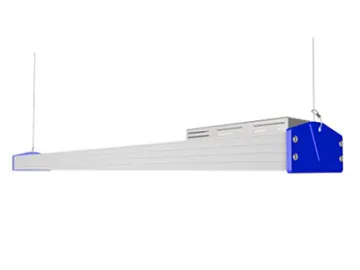 K4 LED Linear High Bay Light
K4 LED Linear High Bay Light
-
 Commercial Air Conditioner in Shanghai
Commercial Air Conditioner in Shanghai
-
 PMMA Scrap Recycling Process
PMMA Scrap Recycling Process
-
 Display Panel Board Material Selection
Display Panel Board Material Selection
-
 Engineering Team
Engineering Team
-
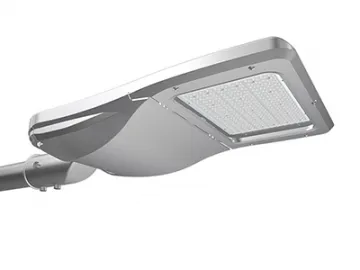 LED Slim Street Light
LED Slim Street Light
-
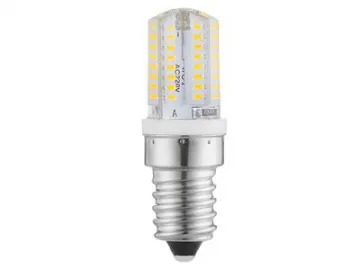 Corn LED Light, E14 LED Bulb, 3014 SMD LED
Corn LED Light, E14 LED Bulb, 3014 SMD LED
